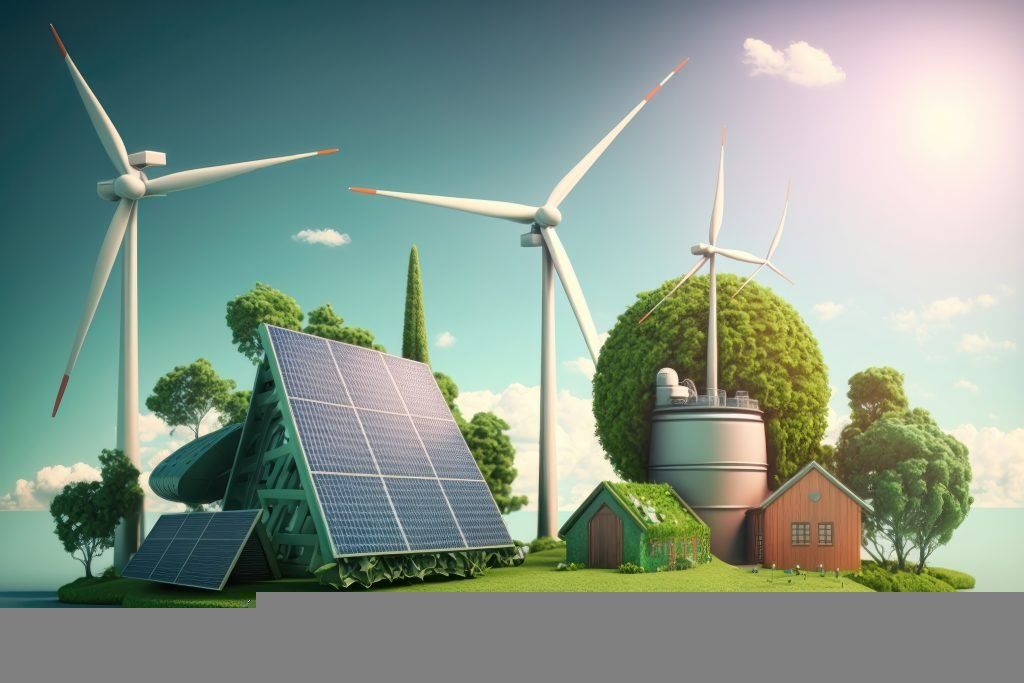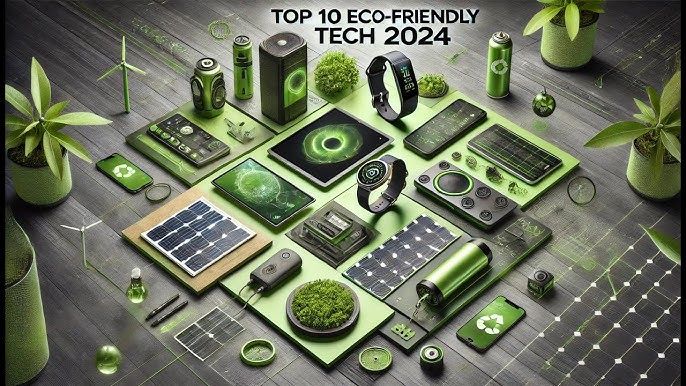In recent years, there has been a significant shift towards renewable energy sources as the world grapples with the effects of climate change and the need to reduce carbon emissions. This transition has been enabled by advancements in technology that have made renewable energy more efficient, affordable, and accessible than ever before. In this article, we will explore how renewable energy tech is evolving to meet the growing demand for clean and sustainable power.
1. Solar Power
Solar power has become one of the most popular forms of renewable energy, with the cost of solar panels plummeting in recent years. Advancements in photovoltaic technology have made solar panels more efficient at converting sunlight into electricity, making them an attractive option for homeowners, businesses, and utilities looking to reduce their carbon footprint. In addition, innovations in solar storage technology, such as batteries and inverters, have made it possible to store excess energy generated during peak sunlight hours for use during periods of low or no sunlight.
2. Wind Power
Wind power is another renewable energy source that has seen significant advancements in recent years. Wind turbines have become more efficient and cost-effective, with larger and more powerful models being deployed in wind farms around the world. In addition, improvements in turbine design and placement have increased energy output and reduced the impact on local wildlife and habitats. Offshore wind farms, in particular, have emerged as a major source of renewable energy, with countries like Denmark and the UK leading the way in harnessing the power of the wind.
3. Hydro Power
Hydro power has long been a reliable source of renewable energy, with hydroelectric dams generating electricity by harnessing the power of flowing water. However, new innovations in hydro power technology are making it even more sustainable and efficient. For example, run-of-river hydroelectric systems eliminate the need for large dams and reservoirs, reducing their environmental impact and improving water flow in rivers. In addition, advancements in turbine design and power generation technology are increasing the efficiency and output of hydro power plants, making them a valuable asset in the transition to clean energy.
4. Geothermal Power
Geothermal power taps into the heat stored beneath the Earth’s surface to generate electricity and heat buildings. While geothermal power has been used for centuries in some regions, recent advancements in drilling technology and power plant design have made it more accessible and cost-effective. Enhanced geothermal systems (EGS) use fracking techniques to create artificial reservoirs of hot water beneath the Earth’s surface, allowing for the extraction of heat and steam to generate electricity. As a result, geothermal power is becoming an increasingly important part of the renewable energy mix, particularly in areas with high geothermal potential.
5. Bioenergy
Bioenergy involves the production of renewable energy from organic materials, such as biomass, biogas, and biofuels. Advances in bioenergy technology have made it possible to convert waste materials, agricultural residues, and even algae into clean and sustainable sources of power. Biogas plants, for example, use anaerobic digestion to capture methane gas emitted by decomposing organic matter, which can then be used to generate electricity or heat. Biofuels derived from plant-based sources, such as ethanol and biodiesel, are also being used to reduce the carbon footprint of transportation and industry.
Conclusion
The evolution of renewable energy technology is driving a global shift towards clean and sustainable power sources. From solar and wind power to hydro and geothermal power, advancements in technology are making it easier and more cost-effective to harness the natural energy resources around us. As we continue to innovate and invest in renewable energy tech, we can build a more sustainable future for generations to come.




